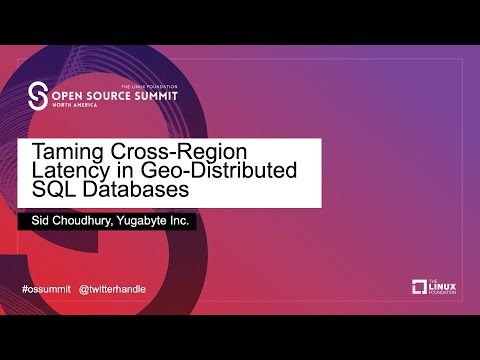Description:
Explore the intricacies of managing cross-region latency in geo-distributed SQL databases in this informative conference talk. Delve into various database types, understand the concept and importance of distributed SQL, and examine its architecture. Learn about different deployment strategies, including active/passive disaster recovery and active/active multi-master setups. Discover advanced techniques such as strongly-consistent reads without quorum, preferred region for shard leaders, row-level geo-partitioning, and topology-aware SQL client drivers. Gain insights into read replicas, multi-master deployments with XCluster replication, and understand why distributed SQL is considered the future of relational database management systems.

Taming Cross-Region Latency in Geo-Distributed SQL Databases
Add to list
#Programming
#Databases
#Database Architecture
#Relational Databases
#Computer Science
#Information Technology
#Disaster Recovery
#Database Management